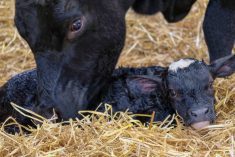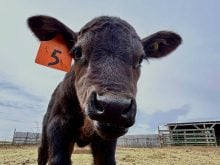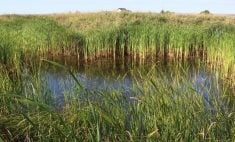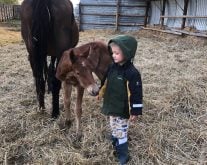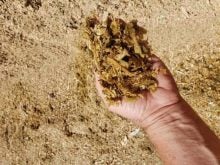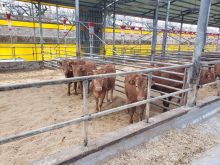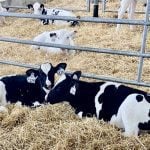Cystic ovaries are much like a case of an unsolved bank robbery — its clues have been extensively studied, but there are no direct causes found for the 10 to 25 per cent of incidences in lactating dairy cows.
As a dairy nutritionist, I suspect that there are a number of animal and dietary abnormalities which if corrected, might put the cow in good reproductive standing and help prevent many cystic ovaries in the first place.
To start my cystic ovary investigation, I like to review the natural cycle of ovulation in fertile dairy cows. This means that every 21 days, the non-pregnant cow has follicles — blister-like structures which start to appear on her ovaries. A normal dominant follicle begins to grow on one of her two ovaries at about five days before the cow comes into heat. When the cow is in heat, she allows the other cows to mount her and this dominant follicle ruptures, shedding the ovum (egg) into the oviduct.
Read Also
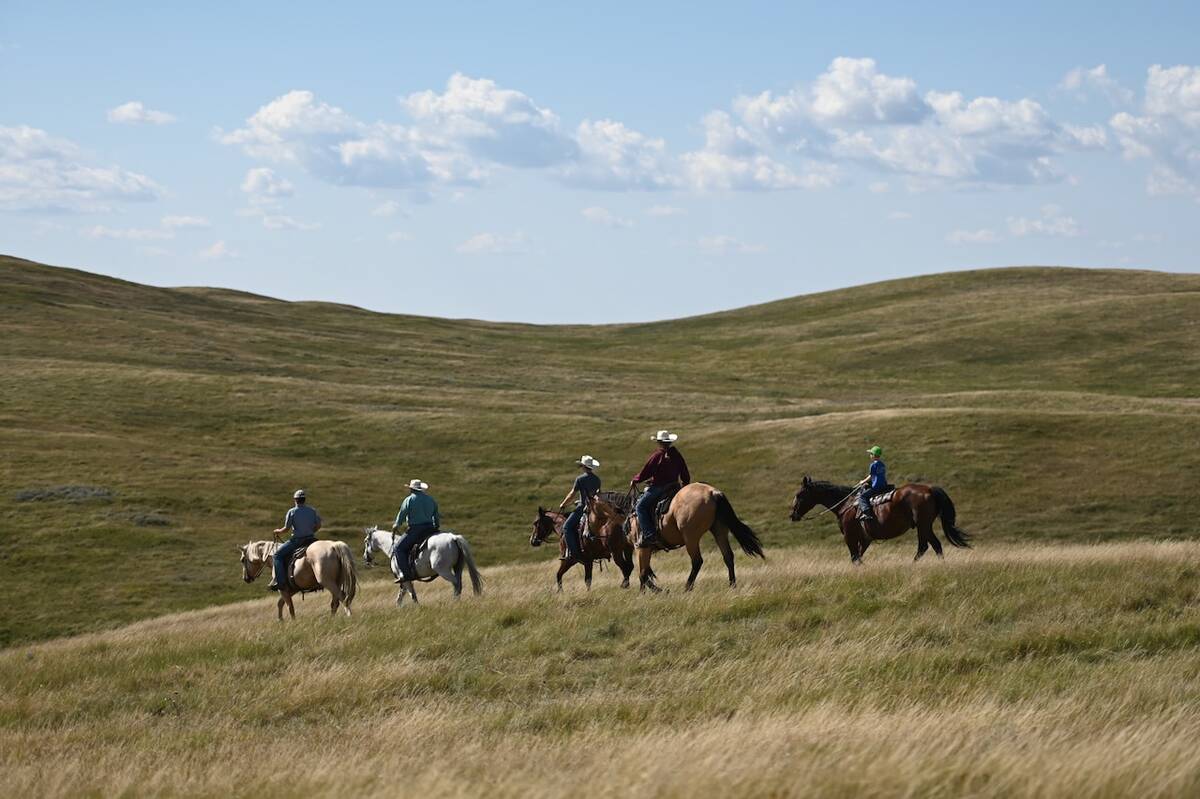
Quads have uses on the ranch, but nothing beats a horse with a heart
Lonesome Dove Ranch recently acquired a quad, but it’s no replacement for a good ranch horse, says rancher Tara Mulhern Davidson.
Hormones such as gonadotropin releasing hormone (GnRH) is released by the follicular rupture, which in turn stimulates the release of luteinizing hormone (LH). Then the capsule of the ruptured follicle develops into the corpus luteum (CL), which develops over the next couple of weeks of the estrus cycle. It produces progesterone, which prevents any new follicle development and prepares the uterus for a new pregnancy. If the cow fails to conceive, the CL regresses and the cycle starts over again.
Dairy cows with cystic ovaries cannot get pregnant. In about 70 per cent of these cases, a follicular cyst develops in which the follicle continues to grow, but does not rupture. As a result, no ovum is released for conception. In the remaining 30 per cent of cystic cows, these are luteal cysts in which the corpus lutem fails to naturally regress, yet produces progesterone that blocks new dominant follicles. Between the two types of cysts, there is a lot of diagnostic overlap, because some research suggest that luteal cysts might originate from follicular cysts in later stages of development.
Although I know of several dairy producers that have complete reliance upon periodic hormone treatments, I suggest that they shouldn’t give up on good nutrition that could help reduce ovarian cystic dairy cows. My dietary suggestions encompass:
- Take a periodic BCS herd inventory. Existing research demonstrates that over-conditioned (fatter) cows (one = emaciated to five = obese) are 2.5 time more likely to develop ovarian cysts during the first 60 days post-partum compared to lactating cows with an optimum BCS of 3.0-3.5. Despite a direct link to cystic ovaries has not been established, thin lactating dairy cows of less than 2.5 BCS have been shown to have a high incidence of silent heats and lower conception rates.
- Implement a good dry cow feeding program. Cystic ovaries have been associated with post-partum diseases such as ketosis, metritis, and retained placentas. So to correct this as well as achieve an optimum BCS (as mentioned above), my ideal faraway dry cow diet is made up of bulky good-quality forage by which the cow consumes 1.8-2.2 per cent of her bodyweight (DM basis.)
It should be followed by a close-up dry cow diet, which contains moderate-energy forage such as mixed grass hay (limiting alfalfa), and is complemented with five to six pounds of a specific grain-based close-up pellet, both of which should be mixed with limited amounts of barley or corn silage.
- Feed adequate levels of trace minerals and vitamins. Deficient levels of copper, manganese and zinc are known to cause anestrus in otherwise fertile cattle. For example, Ohio State University animal scientists reported that cystic ovaries were diagnosed in 19 per cent of a split group of dairy cows injected with selenium compared to a 47 per cent incidence of cystic ovaries in untreated cows. Surprisingly, in this latter study supplemental vitamin E (known as the “fertility vitamin”) had little effect upon the reducing incidence of cystic ovaries.
Years ago, it used to be frequently recommended in the dairy industry that one injection of selenium-vitamin E given three weeks before a dairy cow calved prevented most post-partum cystic ovaries. In contrast, with higher levels of performance in today’s lactating dairy cows, it’s probably not the most effective recommendation unless it is coupled with the other dietary recommendations. Even if the incidence of a few cows could be prevented, it would avoid adding weeks to these cows’ calving interval. In this way, the solution would solve the crime.




